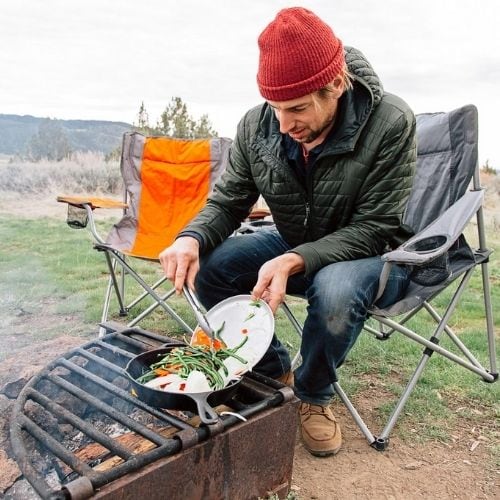
Discover the secrets to great cooking with our comprehensive guide to the top 8 culinary techniques that every aspiring chef should master.
From mastering knife skills to perfecting sautéing, roasting, grilling, braising, baking, frying, and steaming, this article will equip you with the technical knowledge and precision necessary to elevate your cooking to new heights.
Whether you're a seasoned cook or just starting out, these techniques will not only enhance your culinary prowess but also ensure safety in the kitchen.
Knife Skills
Knife skills are essential for any aspiring chef or home cook looking to improve their culinary prowess. Mastering the art of knife skills not only enhances efficiency in the kitchen but also ensures safety.
One crucial aspect of knife skills is the proper maintenance and sharpening of knives. Regular knife sharpening is necessary to maintain a sharp edge, which reduces the risk of accidents. Dull knives require more force to cut, increasing the likelihood of slips and injuries.
Additionally, knife safety should always be prioritized. When handling knives, it is crucial to maintain a firm grip and use a cutting board to prevent accidental cuts. Proper technique, such as the claw grip, should be employed to ensure fingers are protected while cutting.
Sautéing
To continue building on the foundation of essential culinary skills, the next technique in our exploration is sautéing, a cooking method that adds depth and flavor to a wide range of dishes. Sautéing involves cooking food quickly in a small amount of hot oil or fat over high heat. This technique is known for its ability to develop rich flavors and create a desirable texture in foods.
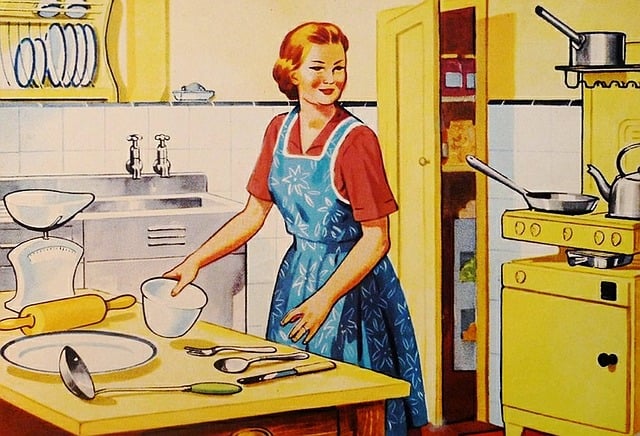
Here are three key points about sautéing:
- Quick cooking: Sautéing allows for rapid cooking, ensuring that the food retains its natural flavors, colors, and textures.
- Flavor development: The high heat used in sautéing helps to caramelize the natural sugars in food, resulting in enhanced flavor profiles.
- Versatility: Sautéing can be used for various ingredients, including vegetables, meats, and seafood, making it a versatile cooking technique.
When sautéing, it is important to exercise caution due to the high temperatures involved. Ensure that the cooking area is well-ventilated, and use long-handled utensils to minimize the risk of burns.
Roasting
Roasting is a culinary technique that yields perfectly crispy skin and enhances flavors through caramelization. By exposing food to high heat in an oven or on a grill, the outer layer of the ingredients becomes irresistibly golden and crunchy, while the inside remains juicy and tender.
This process not only adds depth and complexity to the taste, but also creates a visually appealing dish that is sure to impress.
Perfectly Crispy Skin
Achieving Perfectly Crispy Skin (Roasting)
Achieving perfectly crispy skin is a crucial skill in the realm of culinary arts, requiring precise techniques and attention to detail. To achieve the desired golden brown and crispy texture, here are three essential techniques to elevate your roasting game:
- Dry the skin: Prior to roasting, ensure the skin is completely dry. Pat it with a paper towel to remove any excess moisture. This helps promote crispiness by allowing the skin to brown evenly.
- Season generously: Season the skin with salt and any desired spices. This not only enhances the flavor but also assists in drawing out moisture, resulting in a crisper texture.
- High heat at the start: Begin roasting at a high temperature, typically around 425°F (220°C), for the first 10-15 minutes. This initial blast of heat helps jumpstart the crisping process.
By mastering these crispy skin techniques, you'll be able to achieve the perfect balance of tenderness and crunch that will leave your guests in awe.
Remember to prioritize safety by handling hot equipment and using oven mitts when necessary.
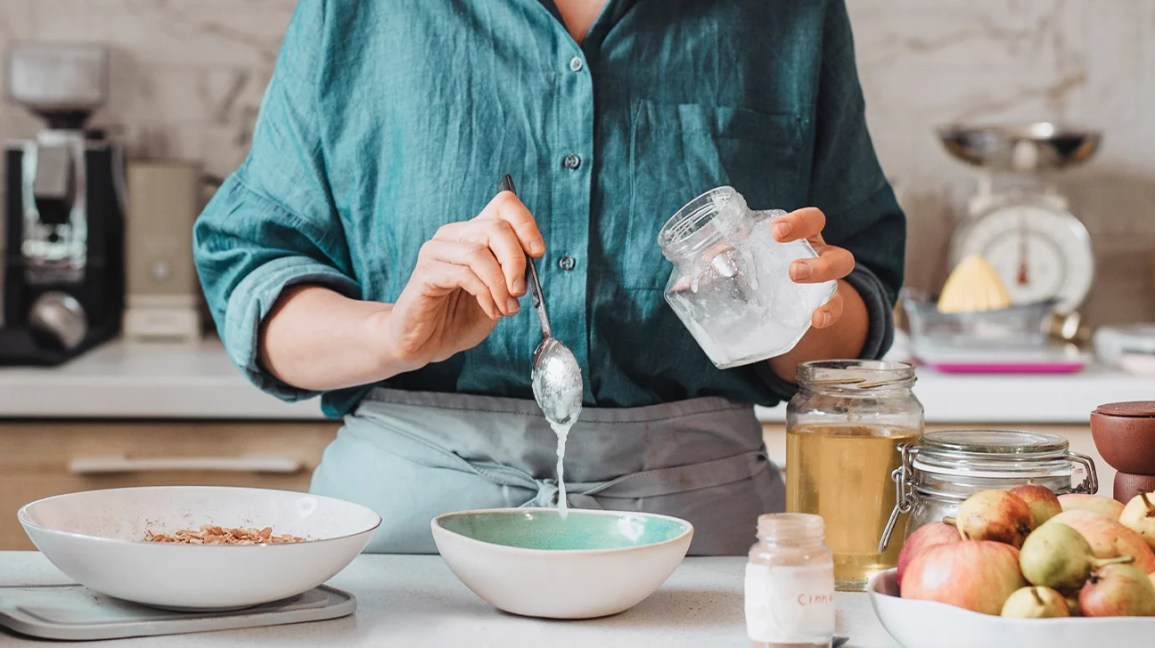
Enhanced Flavors Through Caramelization
The roasting process not only achieves perfectly crispy skin but also enhances flavors through caramelization. Caramelization is a culinary technique that involves the browning of sugars in food, resulting in the development of rich and complex flavors. When food is roasted, the high heat causes the natural sugars present in the food to break down and caramelize.
This process creates a depth of flavor that is both sweet and savory, adding a delightful complexity to dishes. To achieve proper caramelization, it is important to evenly distribute the heat and ensure that the food is not overcrowded on the cooking surface. This will allow the sugars to caramelize evenly and prevent burning.
Grilling
Using an open flame or hot coals, grilling imparts a distinct smoky flavor to food while cooking it quickly and evenly. Grilling is a popular cooking technique that offers a unique culinary experience. Here are three key points to consider when grilling:
- Flavorful sear: Grilling creates a delicious sear on the exterior of the food, sealing in juices and enhancing its taste. The high heat of the grill caramelizes the natural sugars in the food, resulting in a flavorful crust.
- Charcoal vs Gas: When it comes to grilling, there is an ongoing debate between charcoal and gas grills. Charcoal grills provide a more authentic smoky flavor, while gas grills offer convenience and ease of use.
- Safety precautions: Grilling requires attention to safety measures. Always ensure proper ventilation when using a grill and keep a fire extinguisher nearby. Use long-handled tools to avoid burns and never leave a lit grill unattended.
Braising
Braising is a culinary technique that involves cooking food slowly in a covered pot with a small amount of liquid.
One of the main benefits of braising is its ability to retain moisture, resulting in tender and juicy meat.
Additionally, braising allows for the infusion of flavors as the food cooks in the liquid, resulting in a rich and flavorful dish.
Moisture Retention in Braising
To maximize moisture retention when braising, it is essential to employ proper cooking techniques. Moisture control plays a crucial role in achieving tender, succulent results. Here are three key techniques to ensure optimal moisture retention in braising:
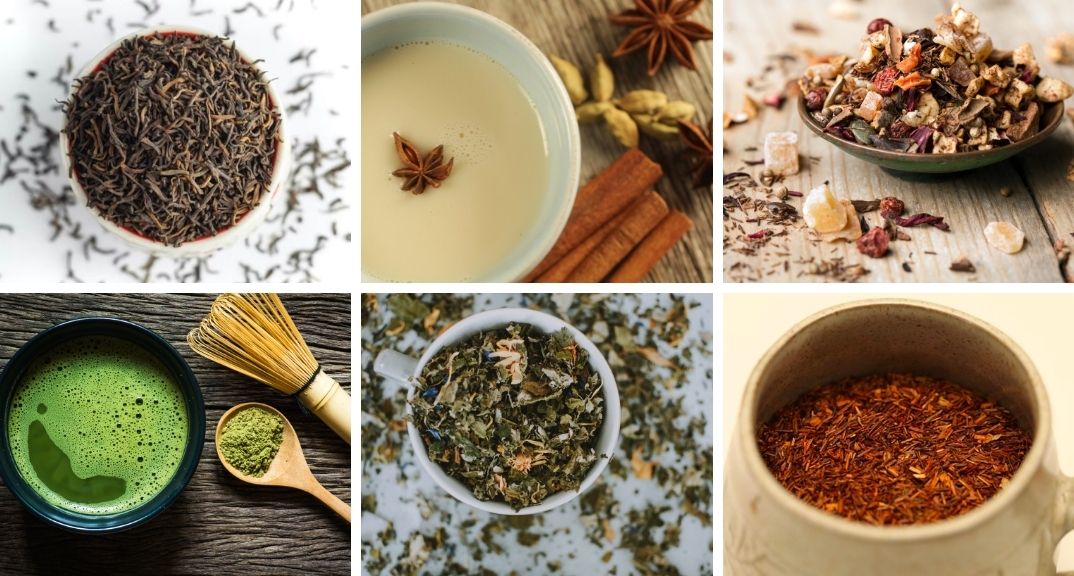
- Use a tight-fitting lid: This helps trap steam and prevent moisture from escaping during the cooking process.
- Maintain a low simmer: Braising is a slow-cooking method that requires gentle heat. Keeping the cooking liquid at a low simmer ensures that the meat remains moist and tender.
- Add liquid strategically: Choose the right amount of liquid to cover about two-thirds of the meat. This allows for sufficient moisture without drowning the dish, ensuring a flavorful result.
Flavor Infusion Through Braising
Through the technique of braising, flavors can be infused into dishes, enhancing their taste and creating a depth of flavor that is both satisfying and memorable.
Braising is a cooking method that involves browning ingredients in fat, such as meat or vegetables, and then slowly cooking them in a liquid, often with aromatic herbs and spices.
The slow cooking process allows the flavors to meld together, resulting in tender and flavorful dishes. One of the key benefits of braising is the creation of flavorful sauces.
As the ingredients cook, their natural juices combine with the cooking liquid to form a rich and savory sauce that can be served alongside the main dish.
Baking
Baking is a fundamental culinary technique that involves cooking food in an oven using dry heat. It is a versatile cooking method that can be used for a wide range of dishes, from bread and pastries to meats and vegetables.
To achieve the best results in baking, moisture control and temperature management are crucial. Here are three key points to consider when baking:
- Proper moisture control: Baking requires controlling the moisture content of the ingredients to ensure the desired texture and doneness. This can be achieved by using precise measurements and following recipes carefully.
- Temperature management: Maintaining the correct oven temperature is essential for successful baking. A consistent and accurate oven temperature ensures even cooking and prevents over or undercooking.
- Oven safety: When baking, it is important to prioritize safety. Always use oven mitts when handling hot pans or trays, and be cautious when opening the oven door to avoid burns.
Frying
Frying is a popular culinary technique that involves cooking food in hot oil or fat. It is a versatile method that can produce a wide range of delicious dishes. There are two main types of frying: deep frying and stir frying.
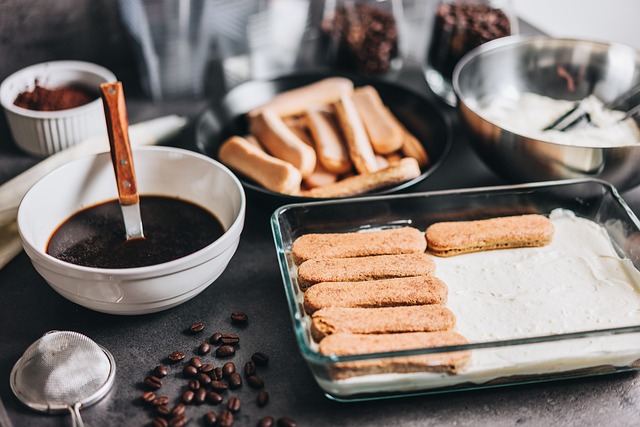
Deep frying involves submerging food in hot oil, typically at temperatures between 350-375°F (175-190°C). This method creates a crispy exterior while keeping the interior moist and tender. It is important to ensure that the oil is at the correct temperature to prevent the food from becoming greasy or undercooked. Using a deep-fry thermometer and a deep, heavy-bottomed pot can help maintain a consistent temperature and prevent accidents.
Stir frying, on the other hand, involves cooking small, uniform-sized pieces of food quickly over high heat. The food is constantly stirred and tossed in a hot pan or wok with a small amount of oil. This method allows for fast cooking while preserving the natural flavors, textures, and nutritional value of the ingredients.
When frying, it is crucial to prioritize safety. Always use caution when working with hot oil or fat. Keep a fire extinguisher nearby, avoid overcrowding the pan or pot to prevent oil splatters, and use appropriate utensils to handle the food to prevent burns. Regularly check the oil temperature to avoid overheating and potential fire hazards.
Mastering the art of frying requires practice and attention to detail. By following safety guidelines and utilizing the appropriate frying method, you can achieve delectable results and elevate your culinary skills.
Steaming
When it comes to cooking techniques, one method that offers a healthier alternative to frying is steaming. Steaming involves cooking food by using the steam generated from boiling water.
Here are some benefits of steaming and how it compares to other cooking methods:
- Retains nutrients: Steaming helps to preserve the natural vitamins and minerals in food, as it requires minimal water and cooking time.
- Maintains food quality: Steaming ensures that food retains its texture, color, and flavor, unlike boiling or frying which can lead to overcooking or loss of nutrients.
- Low-fat cooking: Steaming requires no added oils or fats, making it a great option for those watching their calorie intake or following a low-fat diet.
When compared to other cooking methods, steaming is a safer option as it eliminates the risk of burning or overheating food. It also reduces the formation of harmful compounds that can occur during frying or grilling.
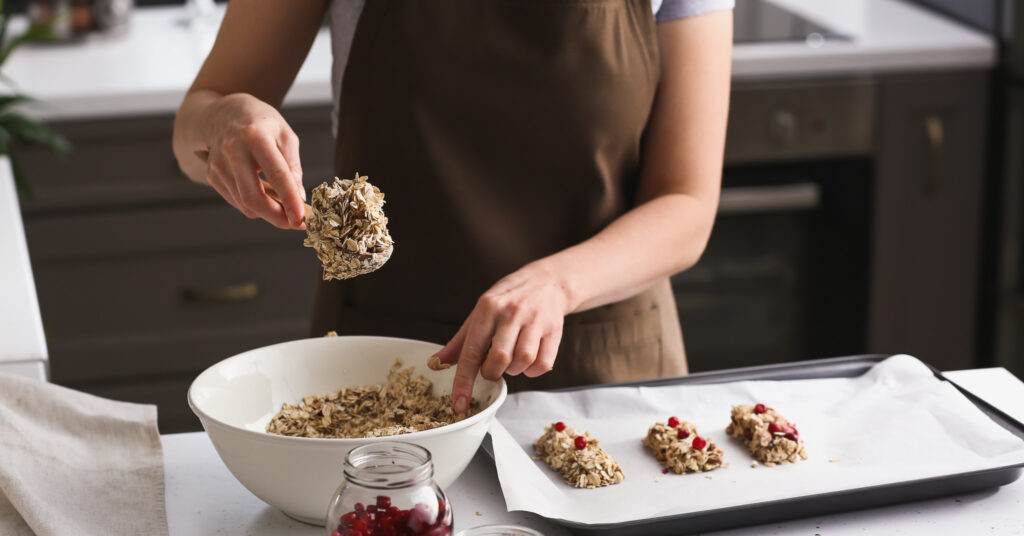
Steaming is a versatile cooking technique that can be used for vegetables, fish, poultry, and more, making it a valuable skill for any home cook.
Frequently Asked Questions
What Is the Best Type of Knife to Use for Specific Cutting Techniques?
When it comes to specific cutting techniques in cooking, choosing the right knife is crucial. For slicing meat, a sharp and sturdy chef's knife is recommended, while for chopping vegetables, a santoku knife with a thin and sharp blade is preferred.
How Can I Prevent My Food From Sticking to the Pan While Sautéing?
To prevent food from sticking to the pan while sautéing, ensure that the pan is properly preheated, use an adequate amount of cooking oil, and avoid overcrowding the pan. These sautéing tips can help achieve desired results and enhance safety in the kitchen.
What Are Some Tips for Achieving a Crispy Exterior While Roasting Meats?
To achieve a crispy exterior while roasting meats, it is essential to employ the best techniques. Preheating the oven, using high heat, and properly seasoning the meat are key steps. Common mistakes to avoid include overcrowding the pan and not allowing the meat to rest before slicing.
Are There Any Health Risks Associated With Grilling Food?
Grilling food is a popular cooking method, but it does come with potential health risks. High heat and direct flame can produce carcinogens and charred meat can contain heterocyclic amines, both of which have been linked to increased cancer risk.
Can I Braise Vegetables Instead of Meat to Achieve the Same Flavorful Results?
Braising vegetables is a culinary technique that can yield flavorful results similar to meat. By slowly cooking vegetables in a liquid, their flavors are enhanced and concentrated. This method can be used to create vegetarian dishes with rich, savory taste profiles.
 Family Craft ProjectsHome ImprovementCooking and BakingReuse and RecycleDIY GiftsEco-Friendly ProjectsDIY Home SolutionsSeasonal ActivitiesFun and GamesLearn TogetherPrivacy PolicyTerms And Conditions
Family Craft ProjectsHome ImprovementCooking and BakingReuse and RecycleDIY GiftsEco-Friendly ProjectsDIY Home SolutionsSeasonal ActivitiesFun and GamesLearn TogetherPrivacy PolicyTerms And Conditions

 Family Craft ProjectsHome ImprovementCooking and BakingReuse and RecycleDIY GiftsEco-Friendly ProjectsDIY Home SolutionsSeasonal ActivitiesFun and GamesLearn TogetherPrivacy PolicyTerms And Conditions
Family Craft ProjectsHome ImprovementCooking and BakingReuse and RecycleDIY GiftsEco-Friendly ProjectsDIY Home SolutionsSeasonal ActivitiesFun and GamesLearn TogetherPrivacy PolicyTerms And Conditions
